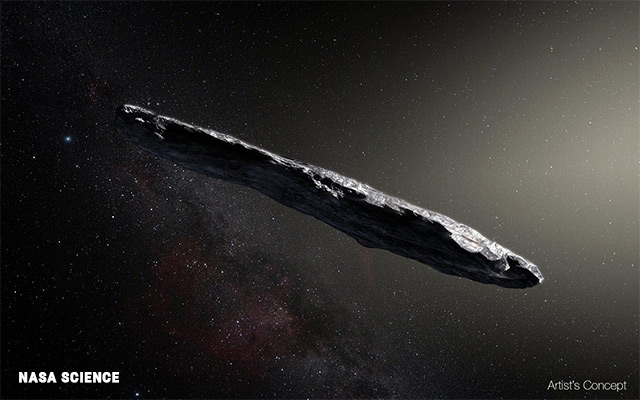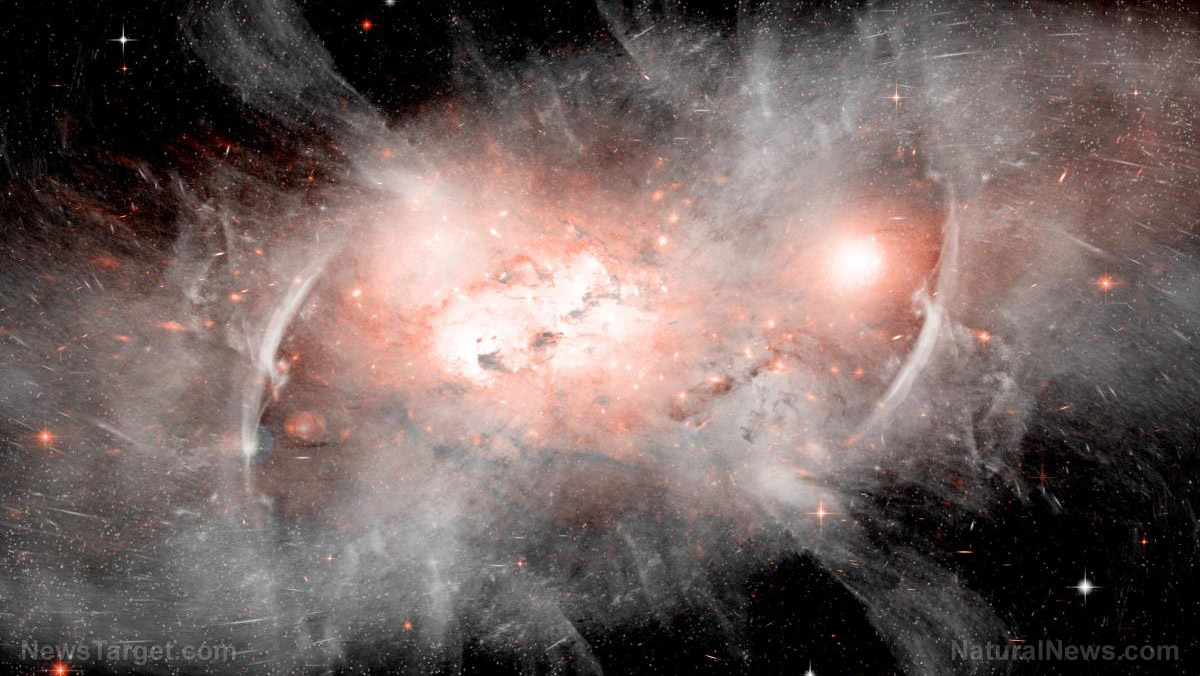Rapid radio bursts detected from possible alien civilization located 3 billion light years from Earth
10/09/2017 / By Rhonda Johansson

Breakthrough Listen, the $100 million space initiative to look for intelligent life in the universe, has received 15 short but extremely powerful radio pulses located roughly three billion light years from Earth. These mysterious signals have excited scientists as they come from a repeating source — the first to ever be recorded in human history. Astronomists have described these messages as fast radio bursts (FRBs) which are short but bright radio emissions.
Andrew Siemion, who is the director of the Berkeley SETI Research Center and of the Breakthrough Listen program, wrote in an official university statement that “bursts from this source have never been seen at this high a frequency.”
The sequence of these bursts was plotted in a frequency spectrum. Consolidation of the data revealed that each FRB varied in both energy and time. UC Berkeley postdoctoral researcher Dr. Vishal Gajjar was able to accumulate more than 400 TB worth of data over five hours. The result is a messaging dispersion (composed of radio emissions ranging the entire four to eight GHz frequency band) showing a wide and broad bandwidth. More fascinating is that these signals come from the same source; a dwarf galaxy scientists have called FRB 121102 (so named because it was first discovered on November 02, 2012).
A series of FRBs were first seen from FRB 121102 on November 2015. Experts initially believed that these radio emissions were the result of an earlier catastrophic destruction of a big progenitor. However, receiving these new 15 FRBs rules this theory out.
Now scientists are scrambling to explain various possibilities.
The most probable, according to them, is that these FRBs are the result of outbursts from rotating neutron stars with extremely strong magnetic fields, otherwise known as magnetars. Even so, this hasn’t stopped several more speculative theories, including that these FRBs are remnants of intergalactic space travel.
Researchers from the Harvard-Smithsonian Center for Astrophysics believe that a solar-powered transmitter could cast an energy dispersion that would be visible from Earth. The amount of energy needed to cast such a powerful interstellar light sail could be used — theoretically — to jump between galaxies.
Regardless of its source, these FRBs are pulses that were made in their host galaxy when our solar system was less than two billion years old. Space research is, in essence, a review of the past. What we see, even the light from our sun and moon, are mere photographs of events. We are experiencing what has already happened. So, even though we are receiving these FRBs now, they were technically generated when life on Earth consisted only of single-celled organisms. It would take another billion years before even the simplest multi-cell organisms would evolve.
These new pulses therefore are strange. Not only do they come from a repeating source, they were received at a higher frequency than previously observed, with the brightest beat occurring at around seven GHz.
“Whether or not fast radio bursts turn out to be signatures of extraterrestrial technology, Breakthrough Listen is helping to push the frontiers of a new and rapidly growing area of our understanding of the universe around us,” Siemion said.
Thus far, Breakthrough Listen has found no convincing evidence of any intelligent alien life. However, team members have stated they are still in the early stages of their research and are optimistic that developing technologies will lead to some form of contact with an alien civilization.
Breakthrough Listen is backed by Mark Zuckerberg, Stephen Hawking, and Yuri Milner. The initiative has collected data from the Green Bank Radio Telescope in West Virginia, Lick Observatory’s Automated Planet Finder on Mt. Hamilton in California, and the Parkes Radio Telescope in Australia.
Sources include:
Tagged Under: Alien, alien civilization, alien life, breakthrough listen, fast radio bursts, FRB, radio emissions, Space, space research



















